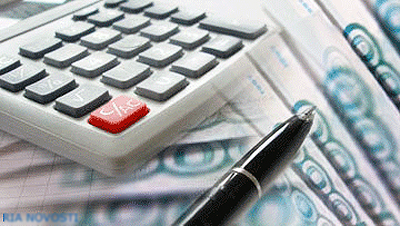Is Russia the World’s 5th Largest Economy in GDP, PPP?

(Russia Matters – russiamatters.org – RM Staff and Associates – Aug. 16, 2023)
But what if we were to look ahead? How would Russia fare in the ranking of Europe’s and the world’s largest economies in the future? Again, we consulted the IMF, whose estimates go to 2028. These estimates show that in 2028 Russia’s share in the world’s GDP, PPP, in constant dollars will shrink, making it seventh among the countries with the largest shares in the world’s GDP. The IMF predicts that Russia’s share in the world’s GDP will decline from 2.92% in 2022 to 2.58% in 2028 (see Table 4), a decrease of 11.64%.
As we have previously written, agencies like the World Bank, the IMF and the CIA all recommend relying on purchasing power parity for comparisons of countries’ GDP. As the CIA explained in one of its World Factbooks, “Market exchange rates are frequently established by a relatively small set of goods and services (the ones the country trades) and may not capture the value of the larger set of goods the country produces … The data derived from the PPP method provide the best available starting point for comparisons of economic strength and well-being between countries.” According to the IMF, PPP eliminates “differences in price levels between economies,” allowing one to compare national economies in terms of how much each nation can buy with its own currency at the prices items sell for there. Finally, as the World Bank explains, “Due to large differences in price levels across economies, market exchange rate-converted GDP does not accurately measure the relative sizes of economies and the levels of material well-being. PPPs make it possible to compare the output of economies and the welfare of their inhabitants in ‘real’ terms, thus controlling for price level differences across countries.”
We should note that if one were to measure GDP at market exchange rates (MER) rather than in PPP, Russia would only be the world’s eighth and Europe’s fourth largest economy in 2022 (see Table 5). We should also note that not all economists agree with the proposition that PPP should be used for comparing countries’ GDP, including Russia’s. Responding to RM’s questions in an Aug. 11 email, renowned Russian economist and current Sciences Po Provost Sergei Guriev argued that “PPP is a measure [of] how much we can buy with one dollar within Russia and thus this does not reflect the international importance of Russian GDP.” “For the role of a country in a global economy we need GDP in nominal dollars,” argued Guriev—who does allow one exception: “GDP, PPP is often considered when we talk about defense spending,” Guriev wrote.
Footnotes
- According to the World Bank, “[c]urrent series are influenced by the effect of price inflation. Constant series are used to measure the true growth of a series, i.e. adjusting for the effects of price inflation.” According to the World Bank, an international dollar “has the same purchasing power over GDP as the U.S. dollar has in the United States.”
- Data is in current U.S. dollars. Dollar figures for GDP are converted from domestic currencies using single year official exchange rates (Year 2022), according to the World Bank’s explanation of the methodology of measuring GDP in current U.S. dollars.
Article also appeared at russiamatters.org/blog/russia-worlds-5th-largest-economy-gdp-ppp, with different images, bearing the notice: “© Russia Matters 2018 … This project has been made possible with support from Carnegie Corporation of New York,” with a footer heading entitled “Republication Guidelines” linking to: russiamatters.org/node/7406, which bears the notice, in part:
“If you would like to reprint one of these articles, a blog post written by RM staff, one of our infographics or a fact-check, we ask that you follow these guidelines:
- Include a prominent attribution to Russia Matters as the source and link back to the original at RussiaMatters.org.
- Retain the hyperlinks used in the original content.
- Do not change the meaning of the article in any way.
- Get an ok from us for non-substantive changes like partial reprints or headline rewrites and inform readers of any such modifications (e.g., This article first appeared on the Russia Matters website with the headline “Russian Election Interference in Trump’s Own Words”).
- Let us know about the reprint and send a link!
Please note that Russia Matters cannot grant permissions for third-party content, including articles, photographs and other materials not produced by our team.
Questions? Email us at RussiaMatters@hks.harvard.edu.”
